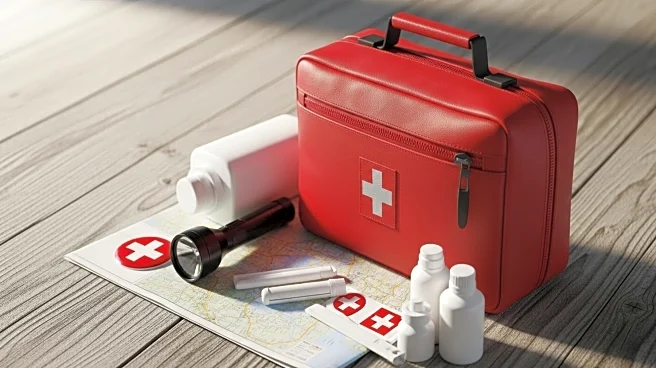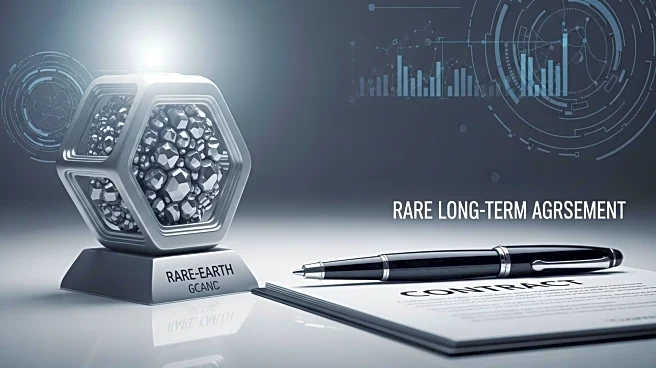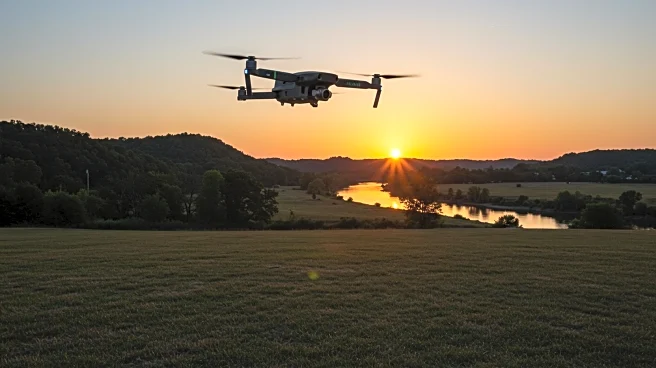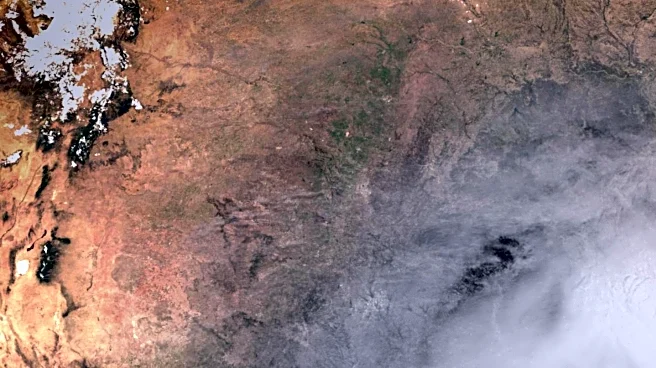What's Happening?
Twenty years after Hurricane Katrina devastated parts of Louisiana and Mississippi, the insurance industry has significantly improved its preparedness for similar catastrophic events. The storm, which remains the costliest hurricane in U.S. history, exposed critical gaps in data quality and risk assessment, prompting advancements in hurricane-loss models and policy language. Insurers now utilize high-resolution imaging and data to better estimate potential damages, while building codes and mitigation efforts have been strengthened in some regions. Despite these improvements, challenges remain, particularly in accurately valuing commercial properties and ensuring widespread adoption of resilient construction practices.
Why It's Important?
The advancements in insurance modeling and policy reforms are crucial for mitigating the financial impact of future hurricanes, which are expected to increase in frequency and intensity due to climate change. These improvements help protect both insurers and policyholders from catastrophic losses, ensuring the stability of the insurance market. However, the continued development in vulnerable coastal areas and the potential for multiple severe weather events in a single year pose ongoing risks. The industry's ability to adapt and innovate in response to these challenges will be vital for maintaining economic resilience in the face of natural disasters.
What's Next?
Future efforts will likely focus on further enhancing data quality and expanding the adoption of resilient building practices. Insurers and policymakers may also need to address the disincentives for providing accurate property valuations, which can affect premium calculations and risk assessments. As climate change continues to influence weather patterns, the insurance industry will need to remain agile, adapting to new data and technologies to effectively manage and price catastrophe risks.
Beyond the Headlines
The ethical and legal dimensions of insurance policy language and claims litigation remain significant. The tightening of policy language following Katrina has reduced ambiguity, but ongoing legal challenges highlight the need for clear communication between insurers and policyholders. Additionally, the cultural shift towards resilience and adaptation in vulnerable communities underscores the importance of proactive measures in disaster preparedness.












